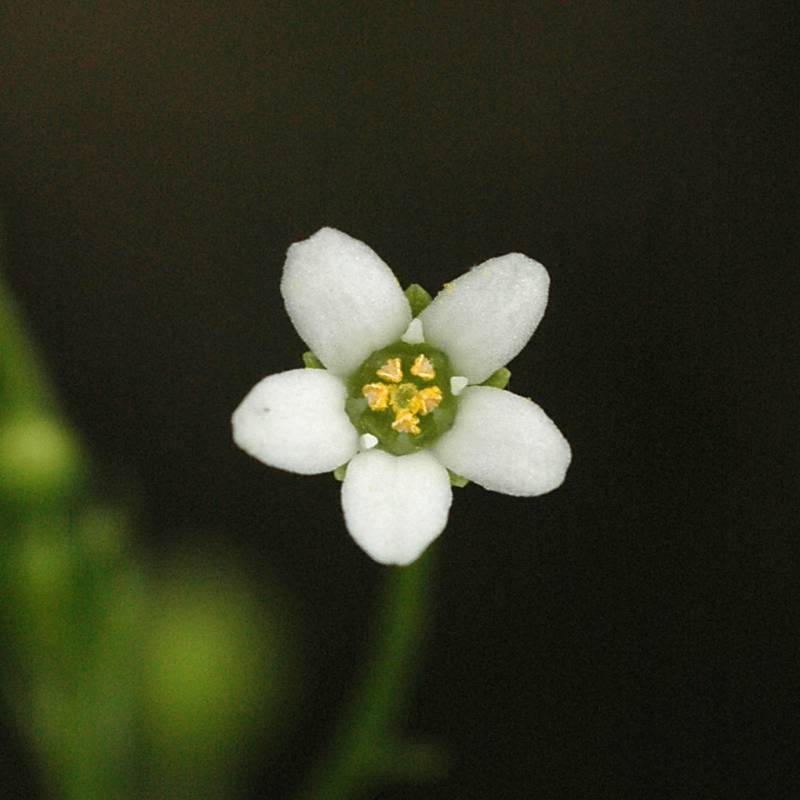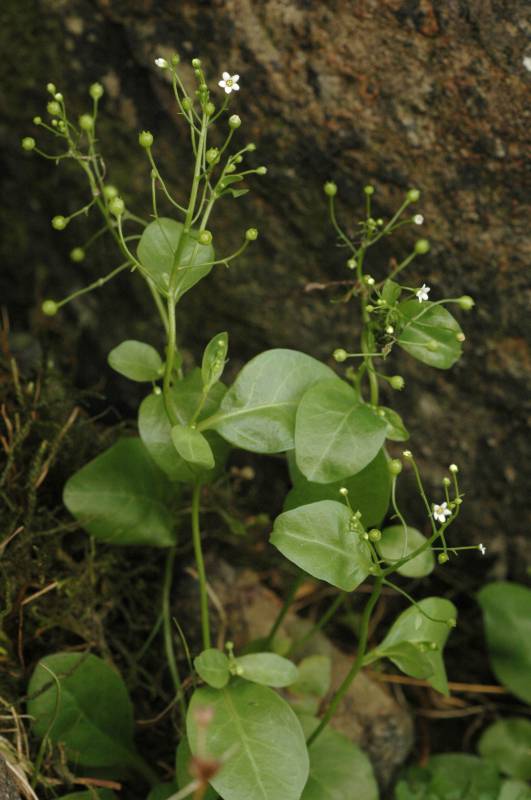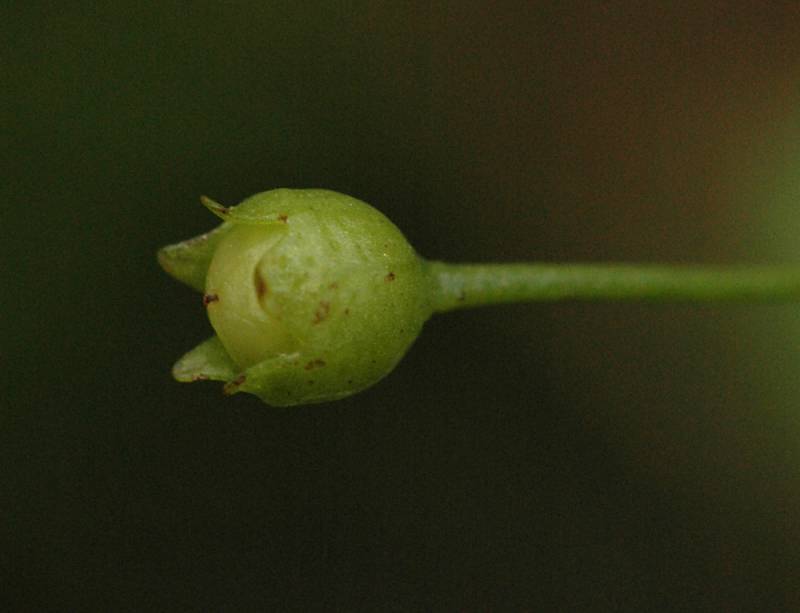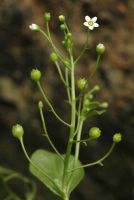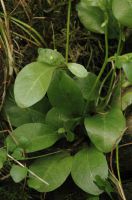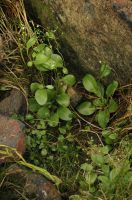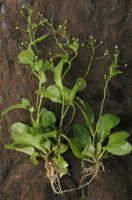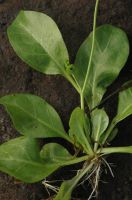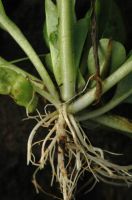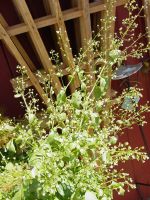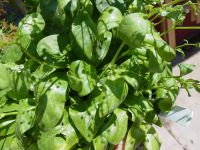Distribution: Occurring west of the Cascades crest along the Lower Columbia River in southwestern Washington; southwestern Washington to adjacent northwestern Oregon, otherwise in California, east across the southern U.S. to eastern North America.
Habitat: Freshwater intertidal zone.
Flowers: July-September
Origin: Native
Growth Duration: Perennial
Conservation Status: Threatened in Washington (WANHP)
Light green, herbaceous perennials, the stems erect or ascending, 0.7-8 dm. tall.
Leaves alternate, sessile or petiolate, the blade obovate to elliptic, 1.5-15 cm. long, the tip rounded.
Inflorescences terminal and axillary, usually racemose, sessile or short-pedunculate; pedicles spreading or ascending, bracteate, 1.5-14 mm. long, the bract attached at mid-length; calyx 1.3-1.5 mm. long, the 5 lobes triangular, shorter than the tube; corolla white, 1.2-3 mm. long, the 5 lobes oblong, longer that the tube; fertile stamens 5, opposite the corolla lobes; sterile stamens 5.
Capsules 2-3 mm. long, globose, pale tan to brown.
Publication: Amer. Monthly Mag. & Crit. Rev. 2: 176. 1818.
Samolus valerandi L. ssp. parviflorus (Raf.) HultTn [KZ99]
PNW Herbaria: Specimen records of Samolus parviflorus in the Consortium of Pacific Northwest Herbaria database
WA Flora Checklist: Samolus parviflorus checklist entry
OregonFlora: Samolus parviflorus information
E-Flora BC: Samolus parviflorus atlas page
CalPhotos: Samolus parviflorus photos

